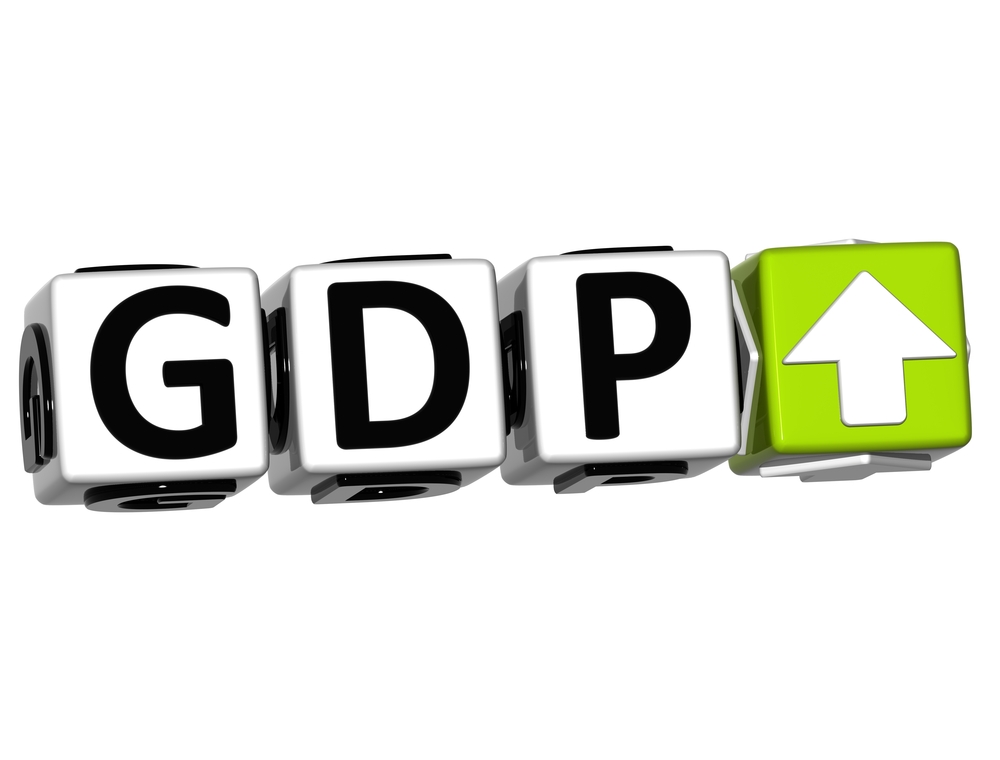 Macroeconomic indicators are statistics that indicate the current status of the economy of a state depending on a particular area of the economy (industry, labor market, trade, etc.). They are published regularly at a certain time by governmental agencies and the private sector. These important economic indicators create volatility, and plenty of speculation is always surrounding them. Not only do forex traders continue to monitor this important piece of economic data, they use it to either establish a new position or support a current one.
Macroeconomic indicators are statistics that indicate the current status of the economy of a state depending on a particular area of the economy (industry, labor market, trade, etc.). They are published regularly at a certain time by governmental agencies and the private sector. These important economic indicators create volatility, and plenty of speculation is always surrounding them. Not only do forex traders continue to monitor this important piece of economic data, they use it to either establish a new position or support a current one.
The gross domestic product (GDP) is the broadest measure of a country's economy, and it represents the total market value of all goods and services produced in a country during a given year. Since the GDP figure itself is often considered a lagging indicator, most traders focus on the two reports that are issued in the months before the final GDP figures: the advance report and the preliminary report. Significant revisions between these reports can cause considerable volatility.
When the GDP of an economy is rising, the country will often see businesses expand and hire more staff in an attempt to keep up with the growing demand for products and services. Also, more goods will usually be exported, and the country's business cycle improves to reflect the expanding economy. On the other hand, a declining GDP tends to signal an economic slowdown in a country. The demand for products and services tends to be reduced during such periods that show a contraction in the GDP or negative GDP growth as the business cycle moves towards recession.
The gross domestic product report holds a lot of weight for currency traders. It serves as evidence of growth in a productive economy, while indicating contraction in an unproductive one. As a result, currency traders will seek higher rates of growth as a sign that interest rates will follow the same direction. If an economy is experiencing a robust rate of growth, the benefits will eventually affect the consumer – increasing the likelihood of spending and expansion.
GDP is a major news release that forex traders can use as a barometer to measure economic strength and weakness as well as interest rate expectations. Since Forex is traded in pairs, traders can pair a strong economy with high GDP with a weak economy with low GDP to find powerful trends. Traders are capitalizing on the flow from a weak currency to a strong currency as it oftentimes pays to be long the strong and short the weak.







